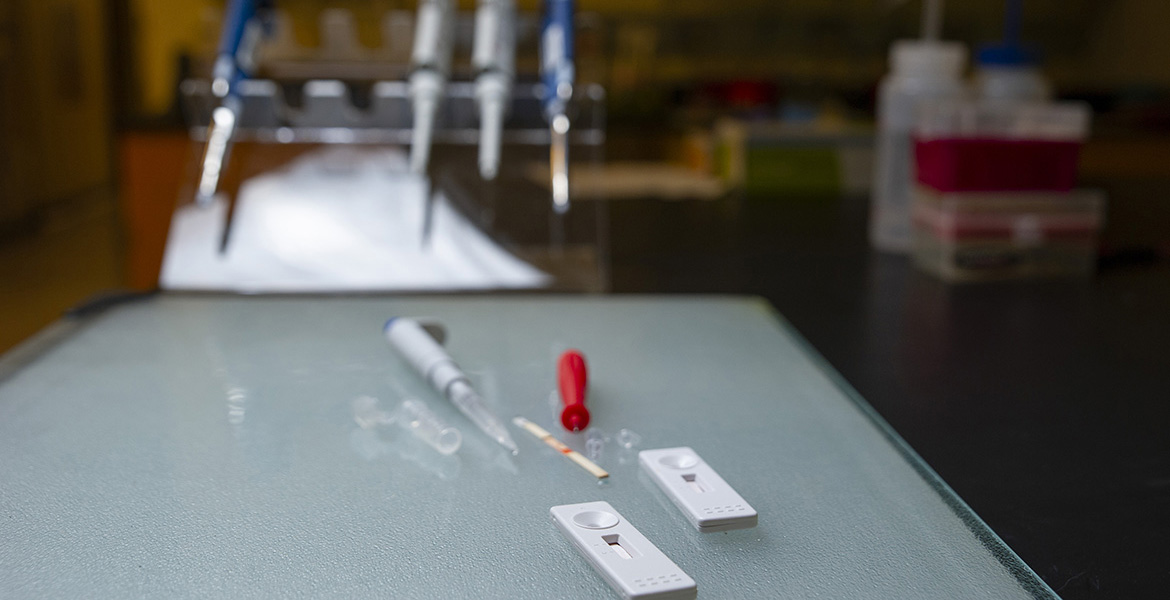
Institute at OSU focuses on biosecurity
Friday, August 7, 2020
Scientists and graduate students with Oklahoma State University’s Institute for Biosecurity and Microbial Forensics are helping the COVID-19 response, joining forces with OSU’s Oklahoma Animal Disease Diagnostic Laboratory to help speed up virus testing for the Oklahoma State Department of Health.
Formerly known as the National Institute of Microbial Forensics in Food and Agricultural Biosecurity, the recently renamed institute focuses on tactical sciences needed to succeed in biosecurity objectives, said Kitty Cardwell, who has served as the director of the institute for four years.
While it might sound like something out of a spy novel, agricultural and environmental biosecurity is a significant concern to producers, law enforcement agencies, government officials and consumers. The current pandemic is an example of yet another facet of the field.
“Biosecurity is a mixture of institutions, policies, economics and science applications designed to prevent high-consequence agricultural and environmental pests and pathogens from entering the United States,” Cardwell said. “Institute faculty conduct research on a broad range of topics that can be applied to biosecurity and microbial forensics, such as detecting and diagnosing pathogens, determining how a new outbreak occurs, understanding how pathogens and pests move around the world and developing decision tools to inform law enforcement.”
Faculty members also are committed to educating the next generation of biosecurity experts who will maintain vigilance over the country’s food supply and health, she said. Plant and animal agricultural pests cost the United States an estimated $2 billion every year.
“New disease organisms come into populations of plants and animals that don’t have resistance to them. If not detected rapidly, the new organism will become established and spread far and wide,” she said. “Early detection and identification of a new pathogen or disease vector is the surest way to be effective in controlling it early enough to avoid catastrophic damage. Our scientists study cutting-edge detection and diagnostic technology, while creating forensic tools to help determine exactly how an introduction occurred.”
The agriculture industry is considered vulnerable to intentional introduction of damaging biohazards. U.S. agriculture covers 1 billion acres of farms, forests and grazing lands, which makes close monitoring difficult. Experts in the field said a properly equipped enemy could cause significant damage by introducing pathogens to the food supply system.
The institute works actively with the Oklahoma Department of Agriculture, Food and Forestry; the United States Department of Agriculture Animal and Plant Health Inspection Service; the Food and Drug Administration; and the Federal Bureau of Investigation.
Cardwell said the institute’s name change is part of OSU’s consolidation of branding its many colleges, divisions and institutes.
MEDIA CONTACT: Trisha Gedon | Agricultural Communications Services | 405-744-3625 | trisha.gedon@okstate.edu
